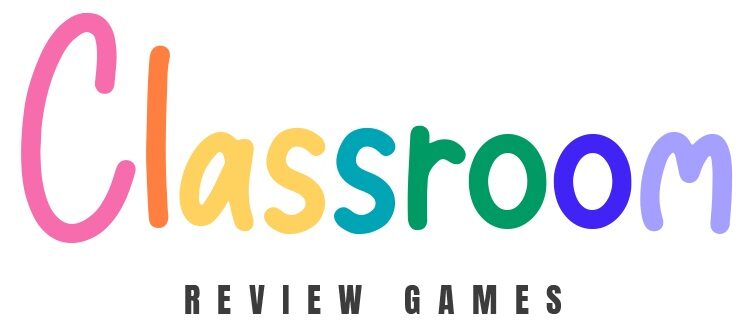20 5-minute Classroom Games for College Students
Here are some 5-minute classroom game ideas for college students that are quick, easy to set up, and require minimal preparation:
1. Password
In this vocabulary quiz game, two contestants try to guess a secret password. The password is shown to the rest of the class, who then give clues to the contestants. This game encourages teamwork and builds vocabulary skills.
2. Telephone
This classic game involves students sitting in a circle. A message is whispered into one student’s ear, and it’s passed along the circle. It’s a great way to illustrate how easily information can be distorted and can lead to discussions on communication.
3. Relay Races
Relay races can be adapted for the classroom. For example, students could walk with an object balanced on their head or carry something delicate. This game is great for team building and physical activity.
4. Chain Reaction
Write a category on the board, and students must come up with a word for each letter of the alphabet related to that category. This game enhances vocabulary and quick thinking.
5. Mystery Game
Read a short mystery story to the class and have them work together to solve it using given clues. This game encourages critical thinking and teamwork.
6. Hot Potato
In this game, students pass around an object while music plays. When the music stops, the person holding the object must share something about themselves. It’s a great icebreaker.
7. Guess What?
Prepare bags with different objects (natural or with strong smells) and have students guess their contents. This game stimulates the senses and can be related to various study topics.
8. Word Scramble
Create scrambles of vocabulary words, cut the letters apart, and have teams try to unscramble them. This is good for vocabulary building and teamwork.
9. Picture Zoom
Show a highly zoomed-in picture and have students guess what it is. Reveal the picture at the end. This game enhances observation skills.
10. Two Truths, One Lie
At the end of a lesson, students (individually or in teams) think of two facts they learned and one plausible lie. Each student shares their statements, and the others vote to identify the lie. This game encourages critical thinking and reinforces lesson content.
11. Tic Tac Toe

A simple yet engaging game where students play against the teacher or in teams. This can be adapted to include educational content like finding words that fit a specific pattern or solving math problems.
12. Heads Up Seven Up
A group of students tries to guess who picked them while their eyes are closed. This classic game is fast-paced and can serve as an enjoyable brain break.
13. Hangman
Use this game for vocabulary practice. A student thinks of a word, and others guess letters. Adapt it to make it more positive and educational.
14. Duck Duck Goose
Great for younger students or as a physical activity break. One student goes around a seated circle, tapping heads and saying “duck” until they choose someone as “goose,” who then chases them.
15. I Spy
The leader picks an object and gives a clue based on color or texture. Others guess what it is. The first to guess correctly becomes the next leader. This game is excellent for observation skills.
16. Higher or Lower
A math-oriented review game where a student guesses a number based on the class’s hints of ‘higher’ or ‘lower.’ It’s fun and builds number sense.
17. Where the Wind Blows
A great game for team-building and learning about classmates. Students are arranged in a circle, with one person standing in the center. The person in the center makes a statement that may apply to some of the group members, such as “I have a pet” or “I love science fiction movies.” Those who identify with the statement must stand up and find a new seat, while the person in the center also seeks a seat. The individual left standing becomes the next person in the center to announce a new statement.
18. Virtual Bingo
Using online tools, students play Bingo with words relevant to the lesson. They cross out words on their virtual card as definitions are read out. The first to complete a pattern wins.
19. Draw a Monster

Students play in teams. Each team selects or is assigned specific words or concepts from recent lessons. These can be randomly assigned to ensure variety. The teams use the online whiteboard to draw their monster. They must creatively integrate the lesson terms into their drawing. For example, if the term is “photosynthesis,” they might draw a monster with leaves that turn sunlight into energy.
20. Charades
Students act out words or phrases without speaking, and others guess. This game is great for vocabulary and can be a lot of fun.
These games are not only enjoyable but also serve as effective tools for reinforcing classroom learning, team building, and ensuring an engaging classroom environment.

